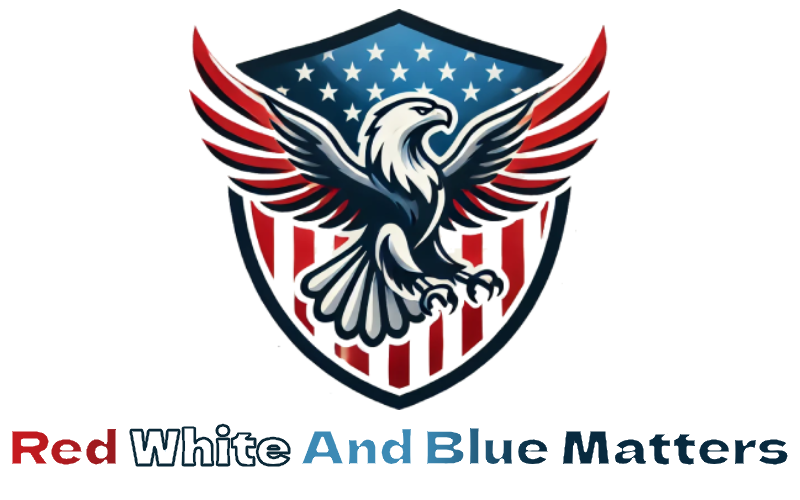Anchoring your boat securely is a crucial part of any boating experience, whether you’re docking at the marina or spending a night offshore. The right combination of anchors, ropes, and accessories ensures stability, safety, and peace of mind, no matter where your journey takes you. Selecting the best equipment depends on factors like your boat type, water conditions, and planned activities. Here’s what you need to know to make informed choices.
Choosing the Right Anchor
An anchor’s effectiveness depends on its compatibility with the seabed and the size of your boat. Different anchors are designed for specific bottom types, such as sand, mud, or rocky surfaces. For instance, fluke-style anchors work well in sandy or muddy areas, while plow anchors are better suited for mixed or rocky seabeds due to their stronger holding power.
Your boat’s size and weight also play a role in determining the appropriate anchor. A larger or heavier boat requires an anchor with greater holding strength to resist drifting in strong currents or winds. It’s often advisable to carry at least two anchors of different types for varying conditions, ensuring you’re prepared for unexpected situations.
Selecting the Best Rope or Chain
The choice between rope, chain, or a combination of both depends on your anchoring needs. Nylon ropes are a popular option due to their flexibility, strength, and resistance to UV rays and saltwater. They are ideal for smaller boats or situations where weight is a concern.
For heavier vessels or anchoring in rough conditions, adding a length of chain to your rope provides extra weight and durability. Chains help your anchor dig deeper into the seabed by maintaining a low angle of pull, enhancing its holding power. The length of your anchor line—known as the rode—should typically be five to seven times the water depth to ensure a secure hold.
Must-Have Accessories
Accessories play a key role in making your anchoring system more effective and user-friendly. Swivels prevent your rope or chain from twisting, especially in areas with changing currents or tides. Shackles securely connect the anchor to the rode, and using high-quality, corrosion-resistant materials like stainless steel ensures reliability over time.
Anchor rollers simplify the process of deploying and retrieving your anchor, while windlasses make handling heavy chains and anchors less labor-intensive. Additionally, having a cleat or bollard on board allows you to tie off your rope securely, preventing accidental slippage.
For overnight stays or long-term mooring, consider investing in fenders and docking lines to protect your boat from damage when tied up at a dock or another vessel. These accessories act as a cushion, absorbing impact and reducing wear and tear.
Conclusion
Anchoring effectively is a skill that combines the right equipment with an understanding of water conditions and boating needs. By choosing the appropriate anchor, rope, and accessories, you can ensure your boat remains stable and secure, whether you’re at the dock or offshore. Investing in high-quality gear not only enhances your boating experience but also provides the confidence to explore new waters without hesitation. With the right setup, every outing becomes an opportunity for smooth, worry-free adventures on the water.

